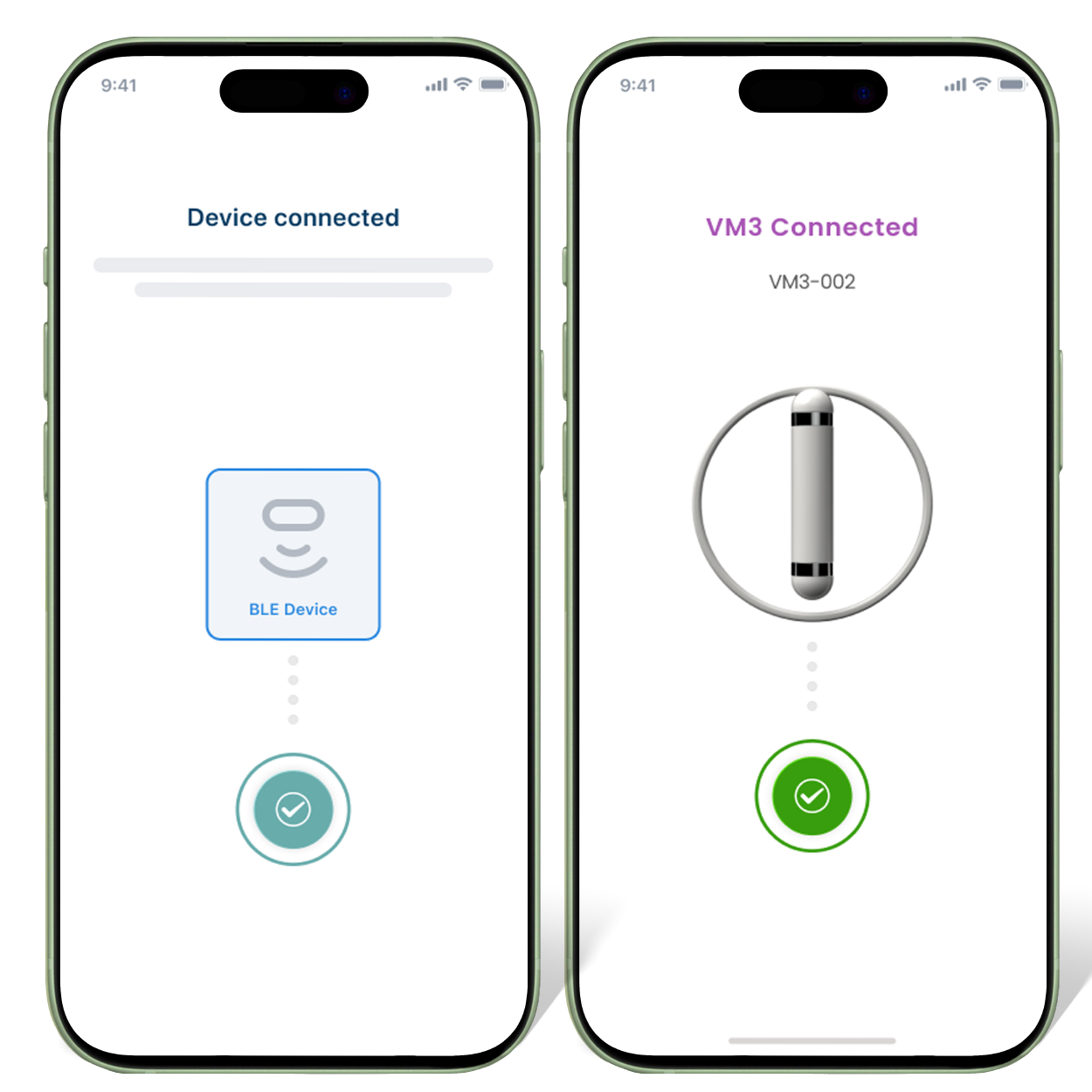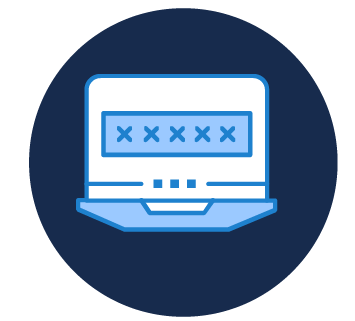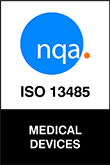
What Information FDA is Expecting for Cyber Devices?
In an era where medical devices are increasingly interconnected and software-dependent, cybersecurity has become a critical component of healthcare. The FDA recognizes the importance of
Building secure apps and embedded software optimized for cloud-connected medical devices.
Expert guidance and support to secure your device. Independent fuzz and penetration testing for cloud, web, app, and embedded systems. FDA documentation prep.





You must follow dozens of standards and FDA guidance documents to build compliant software.
Patients deserve safe and efficacious medical devices. That’s why the FDA takes their mission very seriously and demands a lot from medical device manufacturers. If your medical device incorporates an app, you are responsible for developing, testing, and documenting your app in compliance with dozens of FDA regulations and recognized standards. You need a partner who knows these regulations inside out and has a quality management system in place that is compliant and practical.

Poor usability can delay FDA clearance and limit market adoption.
Advances in consumer product usability have created a high bar for medical device companies. Patients and healthcare providers want products that are intuitive, easy to use, and even delightful. And FDA demands that you take usability into account, test for it, and document your studies. The last thing you want is to fail a summative usability study late in the game because your app development partner does not know the best practices in usability. Trust Bold Type to deliver apps with proven features that meet regulatory requirements and delight users.

Tremendous knowledge and skill are needed to develop software that meets FDA’s cybersecurity requirements.
The FDA has cared about cybersecurity for a long time. In 2024, however, the bar was raised dramatically with the release of the draft guidance: Select Updates for the Premarket Cybersecurity Guidance: Section 524B of the FD&C Act. If your medical device is a “cyber device” (and there is a 99% chance it is if it incorporates an app), your documentation must include architecture security views, threat modeling, threat analysis, management plans, testing results (penetration, fuzz, etc.), a software bill of materials (SBOM), monitoring and incident reporting, and more. With Bold Type, this all comes standard.

Bold Type is a leading provider of secure software for medical device startups and OEMs.
Our expertise spans app development, embedded software, cybersecurity, and regulatory compliance, helping clients bring medical devices to market quickly and efficiently.
Bold Type can develop your software.

Bold Type can provide consulting expertise to fill those gaps.

Bold Type can provide cybersecurity consulting and prepare your FDA cybersecurity documents.
Bold Type can provide a second set of eyes and perform the independent cybersecurity testing FDA requires.
ISO 13485 certified with deep expertise in both software development and cybersecurity, we leverage proprietary tools and ready-built frameworks to save time and cost, while ensuring compliance.

Our clients avoid costly delays and gain a trusted partner who understands the unique challenges of medical device software.

From wearable devices to in-clinic diagnostics, Bold Type has helped companies at every stage of development—delivering results in women’s health, cardiac care, fall monitoring, and more.

In an era where medical devices are increasingly interconnected and software-dependent, cybersecurity has become a critical component of healthcare. The FDA recognizes the importance of

While remote software updates for medical devices have traditionally been seen as a convenient feature, the FDA now emphasizes their crucial role in safeguarding against

A startup recently shared with us that they were considering incorporating remote software updates into their medical device. They knew this feature would add a